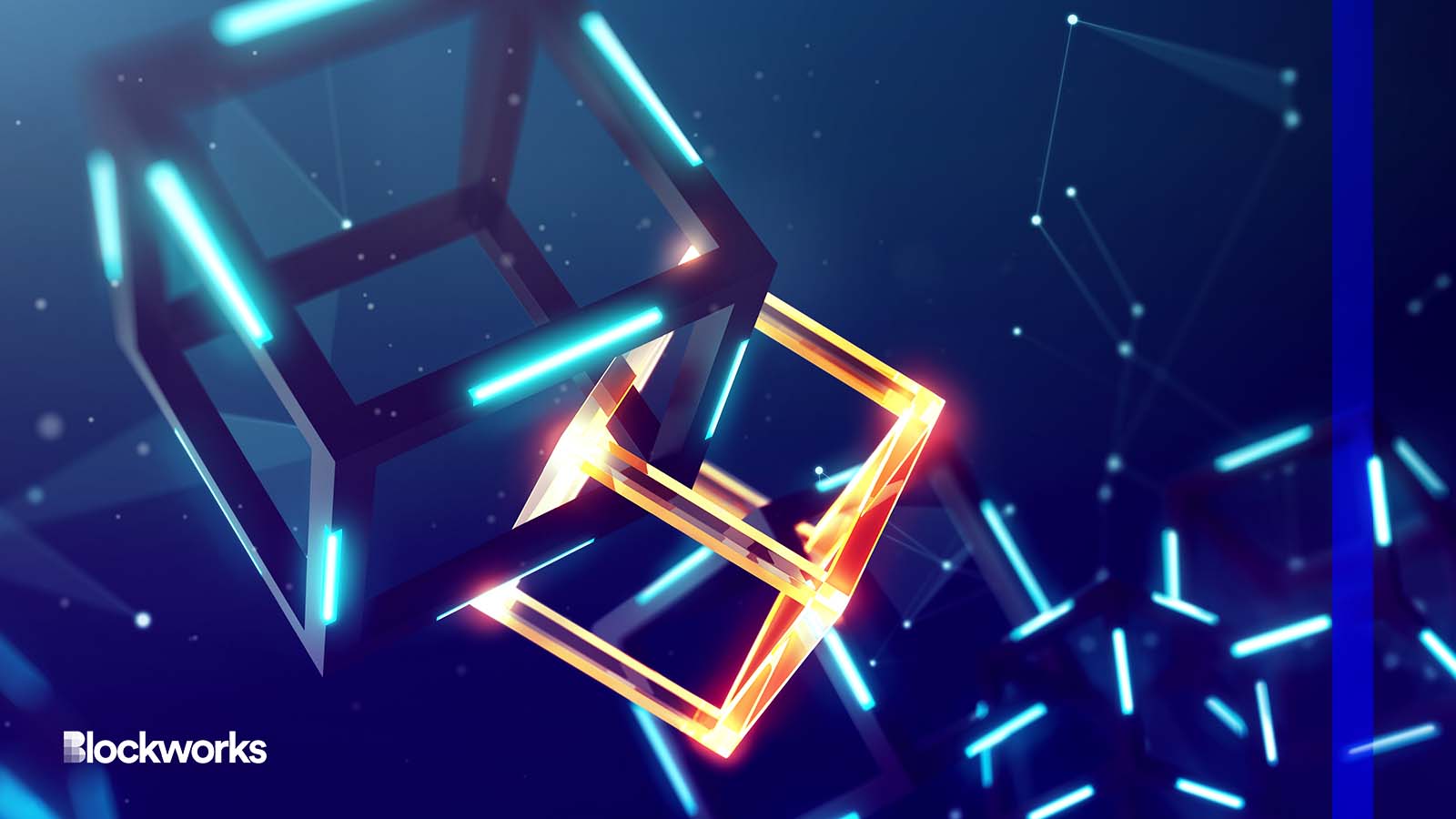Router Protocol Now Has Its Own L1 Blockchain
Router Protocol’s latest solution to cross-chain communication is an L1 solution with a twist

phive/Shutterstock.com modified by Blockworks
Blockchain infrastructure company Router Protocol has revealed the devnet of its layer-1 blockchain today.
The new blockchain, named Router Chain, is designed to address cross-chain communication issues including security, scalability and decentralization.
The L1 solution is built using the Cosmos software development kit (SDK) and relies on Tendermint’s Byzantine Fault Tolerant (BFT) Consensus Algorithm for block finality.
Tendermint’s consensus engine prevents malicious attacks as it’s designed so that more than two-thirds of validators have to be in consensus for a block to be mined — meaning that a network would only be compromised if 67% of its validators choose to attack it.
Although the blockchain is built using a Cosmos SDK, Metamask integrations will also be available, according to Priyeshu Garg, the co-founder of Router Protocol.
Unlike traditional cross-chain solutions, various dapps can be deployed on the router chain itself, Garg told Blockworks in an interview.
The dapps will be interoperable by default — without the need for additional bridging solutions, he said.
“The benefit of deploying a dApp on the router chain would be that the validators of the outer chains are going to be the validators of the bridge to the different chains,” Garg said. “You can call it a shared security model in which your bridges are secured by the blockchain validators.”
There are currently only four validators on the devnet of the blockchain, and all of them are internally run, Garg said. The protocol plans to add external validators in April and is targeting at least 50.
Traditional blockchain bridges are often created with a parent chain in mind — but Router’s new chain is designed with cross-chain composability in mind, Mankena Venkatesh, Router’s chief blockchain architect, told Blockworks. The new blockchain will offer a stateful middleware enabling liquidity to flow easily through different chains.
The primary purpose of having a middleware chain, according to Venkatesh, is for applications to become genuinely cross-chain.
Router Chain can be used to execute transactions on both its on-chain and its destination chains, he said.
“You can trigger batch requests from the source chain and specify which tokens you want to transfer…so your dapp is acting as a bridge and will receive the inbound request then it can trigger an outbound request to any other chain,” Venkatesh said.
Router protocol will be among the many players entering the cross-chain communications market. The development of blockchain interoperability will likely assist with more mainstream adoption of blockchain technology as a whole.
Get the news in your inbox. Explore Blockworks newsletters:
- The Breakdown: Decoding crypto and the markets. Daily.
- 0xResearch: Alpha in your inbox. Think like an analyst.






